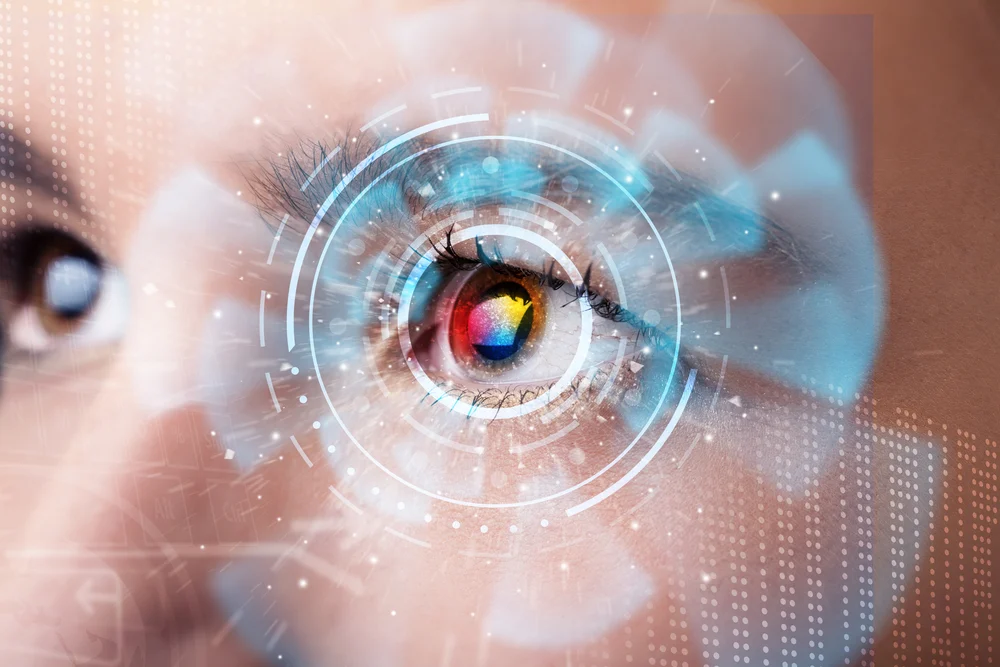
As technology continues to evolve, building access control systems are experiencing a transformative shift. Biometrics, mobile credentials, cloud-based solutions, IoT integration, and AI-driven analytics are just a few of the trends shaping the future of access control. These innovations offer increased security, convenience, scalability, and automation, ensuring that organizations can effectively manage and protect their physical assets.
As we move forward and evolve beyond traditional business access control tactics, it is crucial for businesses and individuals to stay abreast of these trends and embrace the possibilities they bring to the realm of building access control. Here is a closer look at some of the cutting-edge trends that will have a direct impact on the future of access control systems.
Biometrics: A New Era of Identity Verification
Biometric authentication, which uses unique physical or behavioral traits for identification, is gaining significant traction in access control systems. Technologies like fingerprint recognition, iris scanning, and facial recognition provide highly accurate and secure methods of verifying individual identities. Biometrics eliminate the need for physical keys or access cards, reducing the risk of unauthorized access due to lost or stolen credentials. Additionally, biometric data is extremely difficult to forge, making it a reliable choice for high-security applications.
Mobile Credentials: Convenience and Flexibility
The widespread adoption of smartphones has paved the way for mobile credentials in access control. Instead of carrying traditional access cards or key fobs, users can now use their smartphones as virtual keys. Mobile credentials offer several advantages, including convenience, flexibility, and remote management capabilities. Users can easily grant or revoke access privileges, track entry logs, and receive real-time notifications through dedicated mobile apps. This technology is particularly valuable in scenarios where temporary access needs to be granted to contractors, visitors, or delivery personnel.
Cloud-Based Access Control: Scalability and Centralized Management
Cloud-based access control systems are increasingly popular due to their scalability and centralized management capabilities. Instead of relying on local servers, these systems utilize cloud infrastructure to store access data and manage user permissions. Cloud-based solutions offer seamless scalability, enabling organizations to easily add or remove access points as needed. The centralized management interface allows administrators to monitor and control multiple locations from a single platform, simplifying access control operations across large-scale facilities or multi-site organizations.
Internet of Things (IoT) Integration: Enhanced Connectivity
The integration of access control systems with the Internet of Things (IoT) has opened up new possibilities for enhanced connectivity and automation. IoT-enabled access control devices can communicate with other smart building components, such as lighting, HVAC systems, and surveillance cameras, to create a holistic security ecosystem. For instance, when an authorized user enters a building, the access control system can automatically adjust the temperature and lighting settings in their designated area. This integration not only enhances security but also optimizes energy consumption and improves overall user experience.
Artificial Intelligence (AI) and Machine Learning: Advanced Threat Detection
Artificial intelligence (AI) and machine learning algorithms are revolutionizing access control systems by enabling advanced threat detection capabilities. AI-powered solutions can analyze access patterns, detect anomalies, and identify potential security breaches in real-time. By continuously learning from data, these systems become smarter over time, adapting to evolving threats and improving overall security measures. AI-driven analytics can also provide valuable insights into building occupancy trends, helping organizations optimize space utilization and resource allocation.
Have questions about implementing an access control system in your organization? Schedule a call with Solucient Security today!


